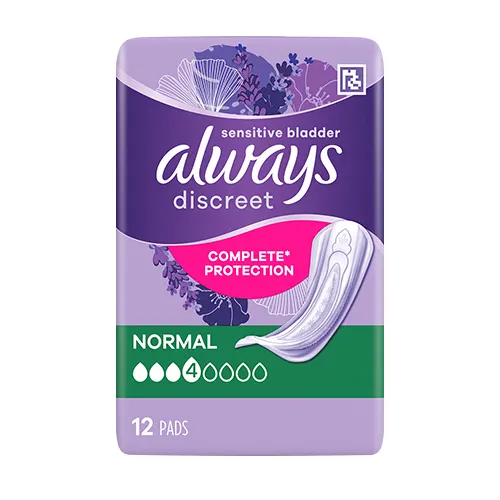
All of us should observe the colour of our urine, as it is an important indicator of the state of health of our body. The colour of urine can vary, and any change of it may hint that something is wrong. Find out what red, brown, or yellow urine indicates.
Table of content:
What affects urine colour?
Urine is produced during the filtration of blood by the kidneys. During this process, all substances necessary for the body return to the bloodstream, while the excess substances are excreted in the urine through the urethra.
Urine consists of:
- Water, which makes up about 96% of its content;
- Nitrogenous metabolic products, including urea, ammonia, and uric acid – 2.5%;
- Mineral salts, such as chlorides, phosphates, and carbonates – 1.5%;
- Small amounts of substances that affect the smell and colour of urine, including bile pigments.
A healthy person should pass between 600 and 2,500 ml of urine approximately six times a day. The colour of urine is determined by the content of various components, such as urobilinogen or bilirubin.
What colour is normal urine? Yellow or light yellow is the right colour
Light yellow or yellow urine corresponds to the normal colour.
There may be slight differences in shade, but these do not indicate any pathological changes. These may occur due to the following reasons:
- proper hydration – very pale (almost white) urine indicates a lot of water intake, while dark yellow urine may suggest that you need to drink more fluids.
- an excess of certain substances in the body – if your urine is bright yellow, it is often due to a high intake of B vitamins, including B12. The following applies here: There is no reason to worry!
Urine colour
If the colour of your urine changes, it may indicate a medical condition that should be investigated.

What does the colour of urine mean?
The colour of your urine can be a sign of an illness. If you notice any of the following colour changes, you should consult a doctor:
- Red – this colour is not uncommon and is a symptom of a bladder or kidney infection. In rare cases, it may indicate a malignant disease, such as cancer of the urinary or genital tract.
- Brown – This colour of urine can occur in people with kidney disease or porphyria, which is characterised by disorders in the normal processing of haemoglobin in the blood.
- Orange – This may indicate liver disease or a problem with the bile ducts.
Blue urine is very rare. It can occur in people with hypercalcaemia, a condition in which there is an excessive amount of calcium in the blood. If you notice blue urine, you should see a doctor immediately.
- Sudden changes in urine colour are not always a cause for concern. Often, they are the result of eating certain foods that can discolour the urine:
- Red – this colour can be caused by beetroot, blackberries, or beetroot leaves, which contain betanin, a pigment that induces a colour change.
- Green – this colour can be due to asparagus or spinach.
- Orange – this colour can result from the beta-carotene found in carrots and carrot juice.
Other urine colours beyond the usual yellow can be due to the following reasons:
- Taking laxatives, which can cause a large amount of fluid to be removed from the body, resulting in orange-coloured urine.
- Intense physical activity, such as in competitive sports, which can lead to colourless urine – urine that is too clear and transparent can also indicate excessive fluid intake.
Pregnant women, in particular, should pay attention to the colour of their urine. While it is completely normal for them to urinate frequently, the colour of their urine should be yellow or pale yellow. White, green, or red urine, for example, can indicate a bacterial infection that could ultimately lead to premature labour. Therefore, it is essential to see a gynaecologist immediately if this occurs.
If the colour of your urine remains red or green for several days without change, even after eating the foods like beetroot, asparagus, or taking certain medications, you should consult a doctor to be on the safe side. This way, you can find out exactly what is happening in your body.
You should also see a doctor if red, brown, or orange urine occurs along with other symptoms. These include, for example, frequent urination in small amounts (even just a few drops at a time), incontinence, as well as pressure on the urethra and severe pressure in the lower abdomen. These may indicate a bladder infection.
If you are experiencing bladder leaks, you can use different products for protection. Always Discreet range locks in bladder leaks and odours. You can choose between sensitive bladder liners, pads, or pants depending on your preference and absorbency needs.






